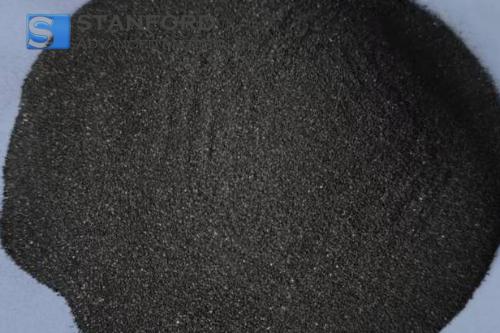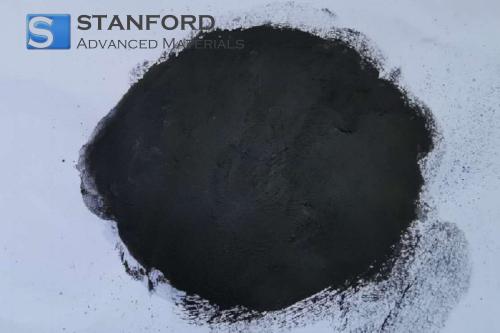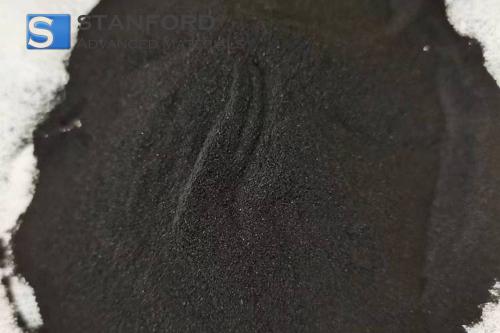Which Powders Are Used In EV Batteries?
Description
Electric vehicle batteries require several distinct powders to function correctly. A battery consists of numerous components. Each powder serves a specific function. The following sections provide details on each powder type. This discussion explains what each powder does, how it operates and why it is necessary.
Electrolyte Powder
Electrolyte powder constitutes the core component of the battery. In many battery types it is mixed with other substances to form a paste or a gel. In EV batteries it facilitates the movement of ions from one electrode to another. Consequently, when ions migrate, the battery releases its stored energy. The powder must remain stable and must not decompose during use. For example, lithium salts in powder form are commonly employed in modern batteries. Specific data indicate that a high-quality electrolyte can extend battery lifespan by over 20%. Given that, in a carefully designed battery system, the electrolyte ensures that cells operate within the appropriate temperature range and protects the battery from overheating.
Lead and Oxide
Lead and oxide powders have been used over an extended period. Although lead-acid batteries are more common in older vehicles, lead oxide powder is also utilised in some hybrid batteries. In these batteries, lead oxide powder acts as a catalyst during charging and discharging cycles. A common example is lead dioxide, which drives the chemical reactions required for energy storage. Although modern electric vehicles primarily employ lithium-based compounds, research on lead oxide continues in specific configurations for backup power applications. The material is stable and reliable when used in appropriate quantities.
Metal Oxide
Metal oxide powders constitute a primary element in many battery cathodes. A common metal oxide used in EV batteries is lithium cobalt oxide. The powder is processed carefully to ensure an optimal crystal structure. This structure provides pathways for ions to move rapidly. In practice, even minor impurities can affect performance. Therefore, manufacturers use high-purity metal oxide powders. Other forms, such as lithium manganese oxide, are also utilised; their exact proportions vary, but they generally contribute significantly to the total energy density of the battery. Metal oxide powders are employed due to their capacity to store a considerable amount of energy in a compact space.
Zinc Oxide
Zinc oxide powder has an extensive history in battery technology and is a versatile material. In batteries, zinc oxide enhances performance by increasing the corrosion resistance of specific electrode surfaces. In some cases, zinc oxide contributes to maintaining reaction stability, particularly when the battery undergoes many charge-discharge cycles. A small addition of zinc oxide can extend the battery’s lifespan by reducing undesired side reactions. The powder is also straightforward to manufacture and can be integrated into standard battery production lines. Its low cost and proven performance result in frequent usage in certain battery designs.
Manganese
Manganese powder plays an important role in stabilising battery chemistry. Manganese is present in several parts of a battery. In many EV batteries, manganese is included in the cathode mixture. A common compound is lithium manganese oxide. This compound produces a satisfactory power output and can serve as a cost-effective alternative to cobalt. Data from battery tests indicate that the addition of manganese may improve performance and reduce costs. In summary, manganese ensures sustained battery operation over many years. It supports the overall chemical balance within the cells.
Nickel-Cadmium
Nickel-cadmium powder is primarily associated with older battery designs. It is not the preferred option for modern EV batteries. However, its historical significance is noteworthy. The combination of nickel and cadmium powders results in a chemical reaction that produces a stable voltage supply. In certain situations, for example in backup systems or niche applications, nickel-cadmium is still utilised. The powder enables the battery to operate effectively at lower temperatures. Although lithium-ion batteries are now widespread, nickel-cadmium remains a reference point in battery technology. This historical usage outlines the evolution of battery design over time.
Further reading: The Development of Electric Vehicle Batteries: From Lead-Acid to Lithium-Ion
Conclusion
Each powder in an electric vehicle battery plays a significant role in overall performance. The electrolyte powder transports ions. Lead and oxide initiate chemical reactions. Metal oxide contributes to high energy storage density. Zinc oxide ensures electrode stability, manganese supports consistent operation and nickel-cadmium illustrates historical importance. Understanding these components allows for a more accurate assessment of how EV batteries function.
Frequently Asked Questions
F: What role does the electrolyte powder play in a battery?
A: It facilitates the movement of ions within the battery and ensures a uniform release and storage of energy.
F: Why is zinc oxide added to batteries for electric vehicles?
A: It enhances the corrosion resistance of electrode surfaces and stabilises electrode reactions across multiple cycles.
F: How does manganese powder positively affect battery performance?
A: It stabilises the cathode mixture and sustains a satisfactory power output over time.

 Bars
Bars
 Beads & Spheres
Beads & Spheres
 Bolts & Nuts
Bolts & Nuts
 Crucibles
Crucibles
 Discs
Discs
 Fibers & Fabrics
Fibers & Fabrics
 Films
Films
 Flake
Flake
 Foams
Foams
 Foil
Foil
 Granules
Granules
 Honeycombs
Honeycombs
 Ink
Ink
 Laminate
Laminate
 Lumps
Lumps
 Meshes
Meshes
 Metallised Film
Metallised Film
 Plate
Plate
 Powders
Powders
 Rod
Rod
 Sheets
Sheets
 Single Crystals
Single Crystals
 Sputtering Target
Sputtering Target
 Tubes
Tubes
 Washer
Washer
 Wires
Wires
 Converters & Calculators
Converters & Calculators
 Write for Us
Write for Us





 Chin Trento
Chin Trento



